Art Culture and Religion
Church Walk Matrix
National Monument since 1910, it is the ex-libris Authentic most beautiful and graceful village of the Coast minhoto a symbol of faith and persistence of Caminhenses. This beautiful monument had probably two phases of construction, the first in 1428 and second in 1488 during the reign of King John II, its construction took about sixty years old and has already been completed in the reign of King John I .
Contact : 0351 932 528 579
Email: monumentoscomvida@gmail.com
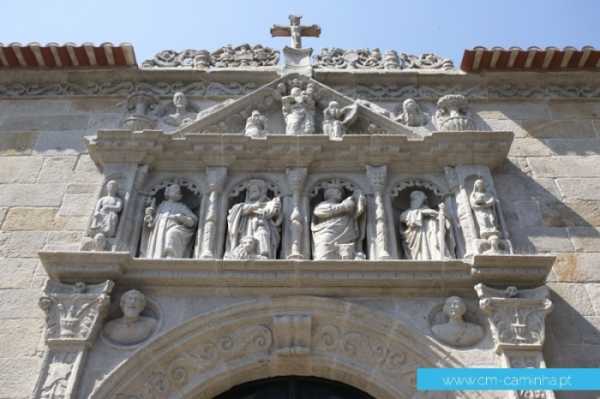
Misericordia Church
In the center of town, near the Town Hall, is located in the Misericordia Church built in the sixteenth century. It is a Renaissance church of longitudinal plant composed of a single nave and chancel rectangular plant. In the eighteenth century, it has been redecorated the interior with gilded Baroque and Rococo style. One of the altars there is the image of Sta. Rita de Cassia.
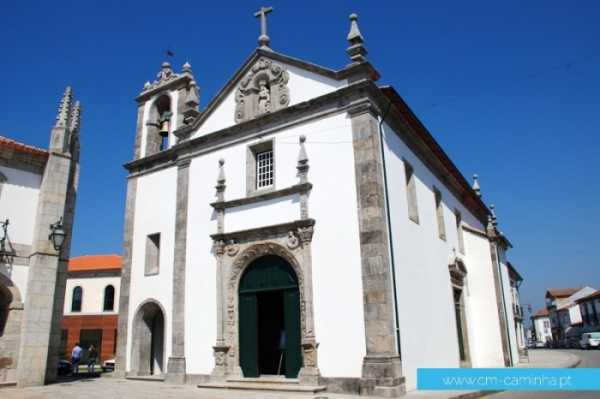
Fountain of Caminha
Located in the center of Caminha, the fountain is a remarkable work of art that beautifies the Largo do Terreiro. It was built between 1551 and 1553 by the Viennese master João Lopes Filho. National Monument since 1910, the fountain is in the Renaissance style, based on circular veiled by iron balustrade platform.
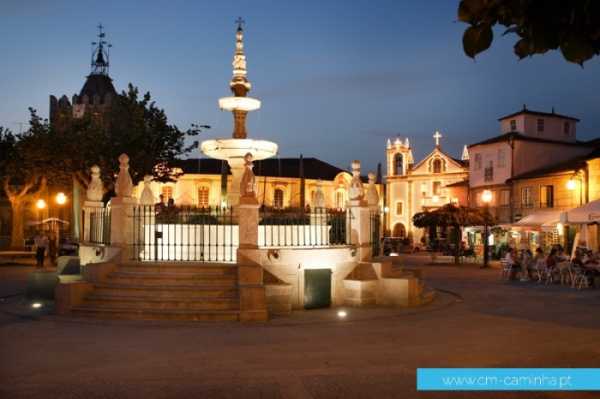
House of Pitas
This city palace follows a common type in the seventeenth century, of rectangular plant that grows horizontally. The House of Pitas, built between 1649 and 1652, is Manueline and Baroque Revival style, with a rectangular plan and two floors.
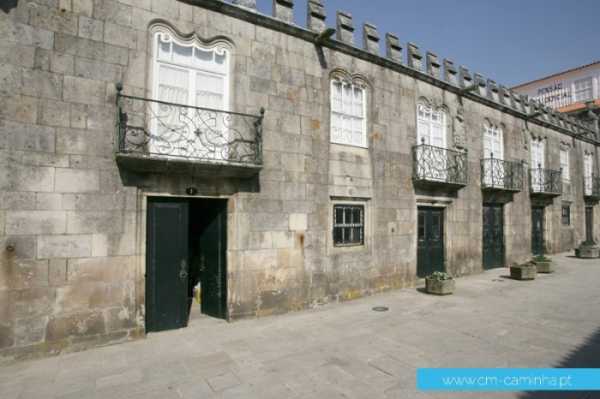
Municipal Museum of Caminha
The Municipal Museum CaminhaIt is located in the heart of the medieval historical center of town and is housed in a century building. XVIII that, to be adapted to Museum and Library in 1989, served as a Court and Prison of the District ofCaminha. Today, the building houses the Museum, where it exposes an important collection of archaeological objects documenting the history of the region from prehistoric times to the Romanization.
Hours :
Tuesday to Friday - 09:30 - 18:00
Saturday - 9:30 a.m. -12h30 / 14h00-18h00
Sunday - 10:00 -12h00 / 15h-17h30
Location :
Rua Dr. Luciano Amorim Pereira da Silva
contacts:
0351 258 710 310 / 0351 258 710 300 | 0351 912 300 222
Email: museu@cm-caminha.pt
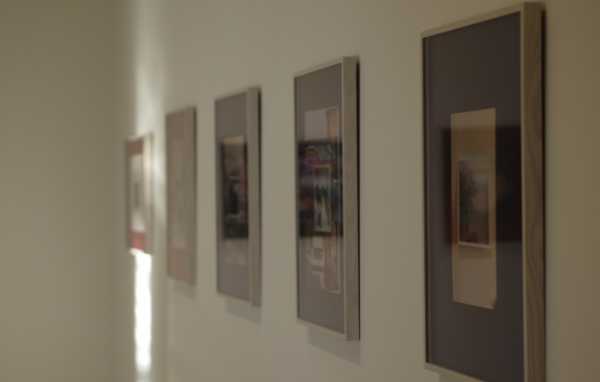
Museum Center of walks historical center
The history of Caminha and all evolution to the present day is available to visitors in Núcleo Museológico do Centro Histórico from Caminha, Installed in the Clock Tower.
Location:
Square Councilor Silva Torres - 4910-122 Caminha
contacts
Phone : 0351 258 921 952
Email: turismo@cm-caminha.pt
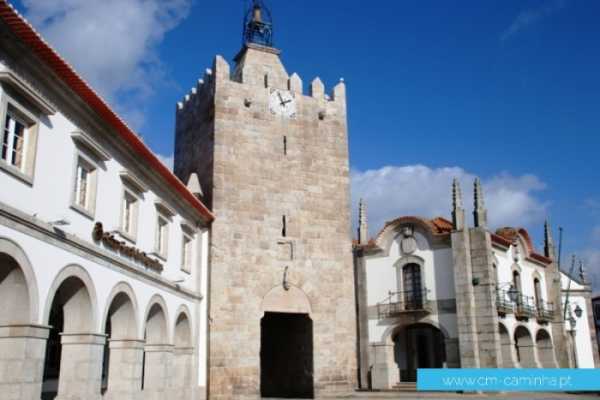
Clock tower
It is part of the walls, ordered to be built in the twelfth century. The Clock Tower is the only tower that exists in all its purity. Facing south, this tower is designated Viana port, as it is an exit towards Viana do Castelo. After the Restoration D. João IV ordered to place on the door a stone image of the Virgin of Conception. Square plant, consists of two floors, and is currently the only remaining tower of the Castle Walk. In 1673 the top of the tower was placed the clock that would give you the name. It is a national monument since 1951.
Hours: Tuesday to Sunday - 10h-13h / 14h-18h
Location:
R 5 October 56, 4910 walks, Portugal
contacts:
Phone : 0351 258 911 111
Email: reservas@hotelmeira.com
www.torredorelógio.com | museu@cm-caminha.pt
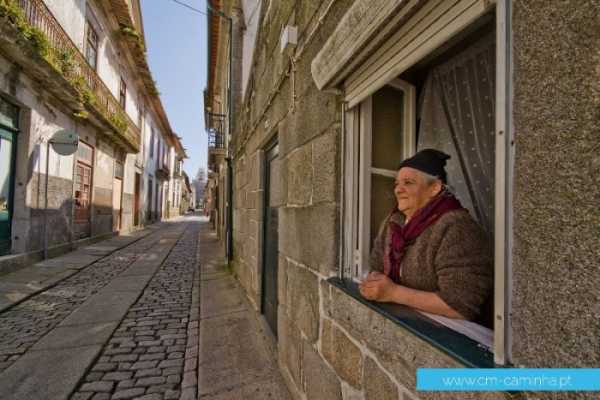
Right Street Walk
Emblematic street has always generates questions about what more must wonder: if the winding narrow streets of the slab; the uniqueness of the villas reveal the artistic facades, balconies with very interesting architectural elements
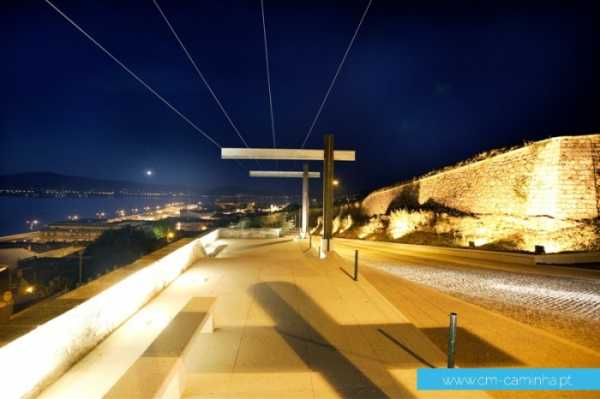
Walls of Caminha
The oldest walls of walks dating from the thirteenth century, the reign of King Afonso III. In the fourteenth century, John I endows the strength of a second line wall. But in the seventeenth century, following the wars of the Restoration, which are built the ramparts and towers of the fortress. The walls are left of them, a few dozen meters from the walled waist, are medieval and partly eighteenth century.
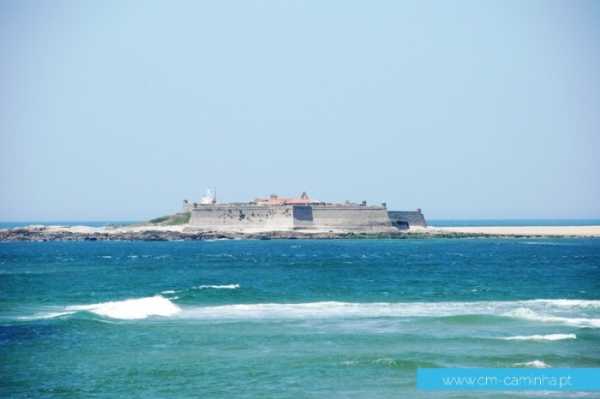
Ínsua Fort - Moledo
The Ínsua Fort, located on the islet of Insua, in the parish of Moledo is lassificado a National Monument in 1910. This islet was originally occupied by a Franciscan community in the fourteenth century, when it built the convent of Santa Maria da Insua. Also this period must date the first fortress, but from which nothing remains. The fortress as we know it today dates from the seventeenth century, the reign of King John IV.
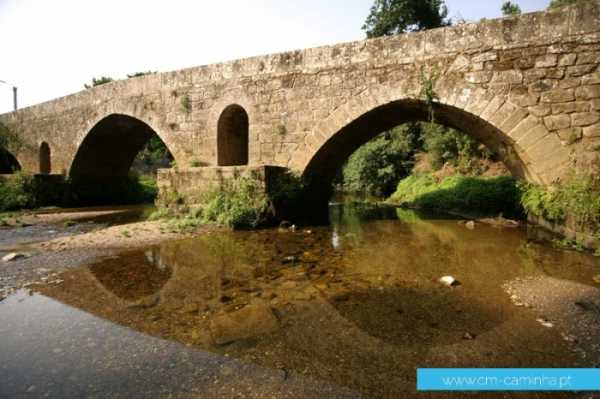
Ponte de Vilar de Mouros
Located in place of the bridge, over the river Coura, the Vilar de Moors Bridge is classified as a National Monument since 1910.
Considered as one of the prototypes of the national Gothic bridges, Vilar de Moors Bridge consists of three slightly pointed arches, and the average larger, and a board on easel. Although it is not known the exact date of its construction, its architectural features point to the end of the fourteenth century and the beginning of the fifteenth century.
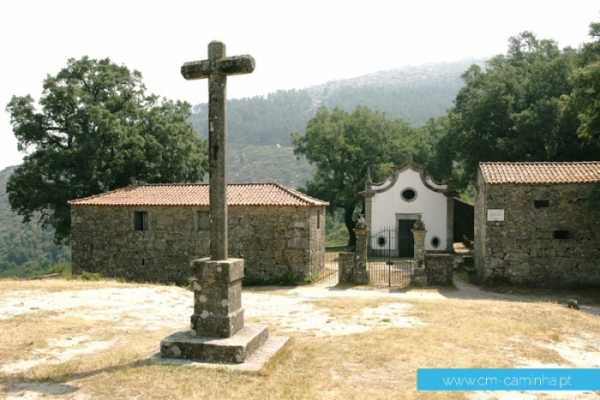
Monastery St. John D'Arga
The Monastery of S. João de Arga is deployed on top of Serra de Arga (place rga Low, Walk) featuring a wide visibility on the Minho river. Although it is unknown the date of its foundation, its characteristics point to the end of the thirteenth century.
João de Arga is deployed on top of Serra de Arga (place de Arga de Baixo, walks) featuring a wide visibility on the Minho river. Although it is unknown the date of its foundation, its characteristics point to the end of the thirteenth century.
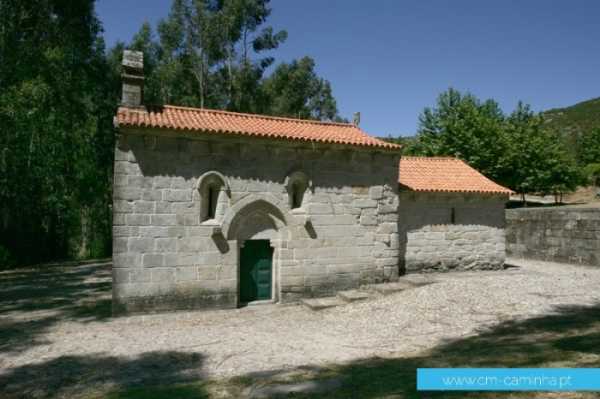
Chapel of San Pedro de Clotheslines
The chapel of San Pedro de Clotheslines, classified as a Public Interest Building since 1950, is located in Vile parish, on the slope of two hills in the foothills of the Serra d 'Arga.
This monument, whose construction will have been made between centuries X and XIV, is characterized by a simple planimetric organization and the lack of decorative elements. Has a longitudinal plant composed of nave and chancel irregular quadrangular. The main façade is crowned by a steeple bell typical of the Romanesque period Late unique.
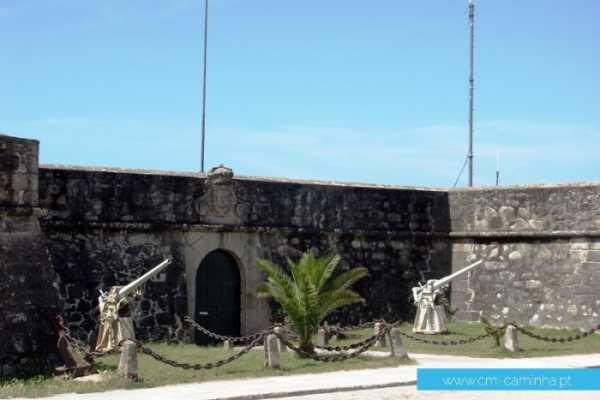
Forte Lagarteira - Vila Praia de Ancora
The Fort of Lagarteira, also called Anchor Fort, located in Vila Praia de Ancora, is classified as a Public Interest since 1967. He was engaged in the defense of the coast at the threat of the Spanish Armada.

Dolmen of Barrosa
The dolmen of Barrosa, located in Vila Praia de Ancora, was classified a National Monument in 1910. It is considered one of the most emblematic megalithic monuments of the Iberian Peninsula, documenting cultural aspects of the late Neolithic period, that is, end of 3rd and early 2nd millennium
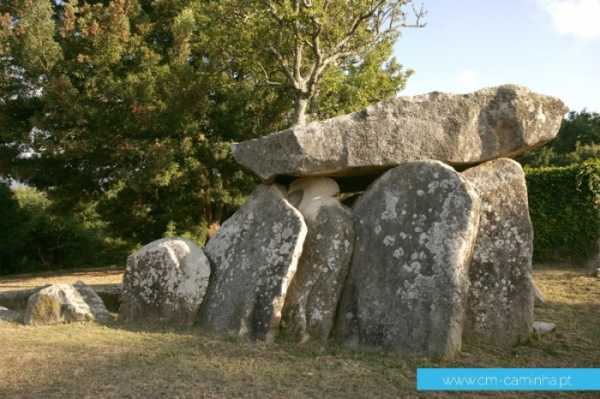
Cividade Anchor
The anchor Cividade, fortified fortification century BC and is one of the most significant stations Castro culture, representing a housing core with well-defined characteristic.
Located in a mountainous elevation on the left bank of the river Anchor and circuited by three walls, of which many are still apparent hauls, although slightly protruding from the soil, Cividade was built in the proto-history, for military and residential use, and these days a historical-cultural framework. These are the ruins of a fortified settlement of two lines of defensive wall, with traces of Roman occupation.
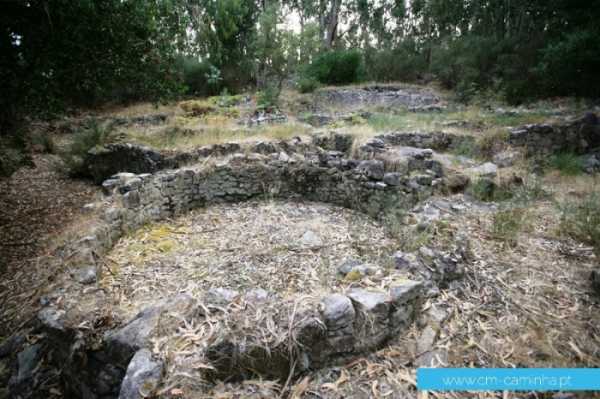
Cruise Independence - Lanhelas
The Cruise Lanhelas of Independence, of all the cruises in the parish, is undoubtedly the most important, and by the gigantic size that has either the meaning it has for all lanhelenses.
It is a memorial of the wars of independence. Juxtaposed with a windmill, this monument, symbol and reference of Lanhelas parish, aims to celebrate the famous date of April 23, 1644, which went down in history, in which the inhabitants of Lanhelas defended themselves with bravery, the Spanish onslaught . Incidentally, it is this day, April 23, we celebrate the Day of Lanhelas.
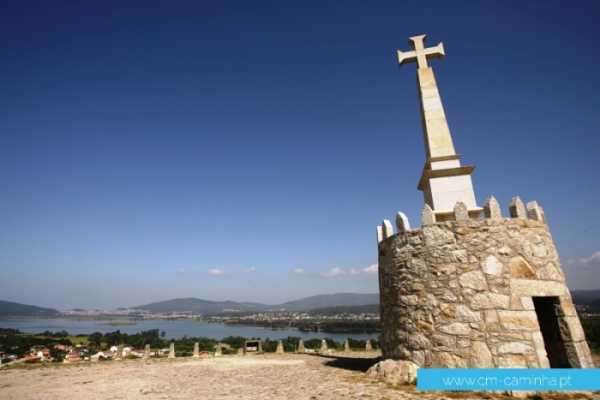
Municipal Theater Valadares
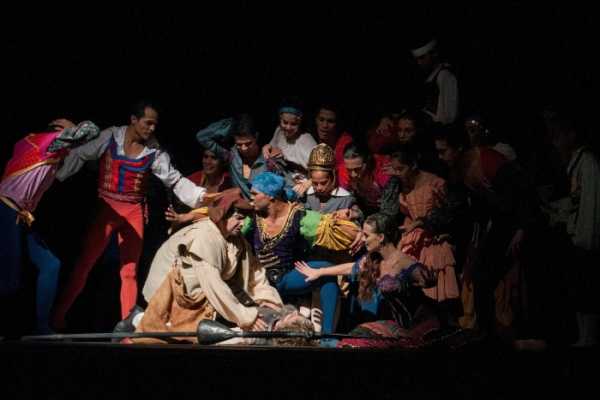
Walk Art Gallery
The Art Walk Gallery in the Village Terreiro, is a municipal space through which dozens of exhibitions of artists throughout the year.
Location: Square Councilor Silva Torres, 4910- 122 Caminha

Municipal Library of Vila Praia de Ancora
A Ludoteca / Library Vila Praia de Âncora It is a space for leisure and culture, where the playful aspect and the books always have the main role. There is varied spaces, Internet access points, equipment for viewing DVD's, among others.
Location: Place of Rego - Rego, 4910-419 Vila Praia de Ancora
Contact : Phone: 00351 258 912 678
E-mail : biblioteca@caminha.pt
Hours
Monday - 14:30 - 18:30
Tuesday to Friday - 10.00-12.30 / 14h00-18h30
Saturday - 15h00-18h00
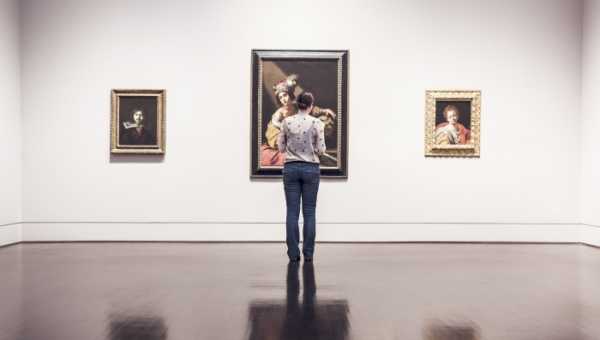
Municipal Library Walk
The Municipal Library Caminha, in the street Dr. Luciano Amorim e SilvaIn the historic center of town, it opened in 1993. It consists of the child and youth room and the room that is intended for adult audiences. Here you can read or consult the various books, newspapers and magazines and surf the Internet.
Guntilanis Galeria de Vila Praia de Ancora
Guntilanis is the name of art gallery Vila Praia de ÂncoraWhich opened its doors on July 8, 2008.
Situated in the building of Ludoteca / Library, the gallery occupies four floors of the "Tower" and its name refers to the very origins of Vila Praia de Âncora, Dating back to the year 711, after the Arab occupation of the Iberian Peninsula.
Location
Place of Rego - Rego, 4910-419 Vila Praia de Ancora
Contact : Phone: 0351 258 912 678
Hours
Monday 14:30 - 18:30
Tuesday to Friday - 10.00-12.30 / 14h00-18h30
Saturday - 15h00-18h00
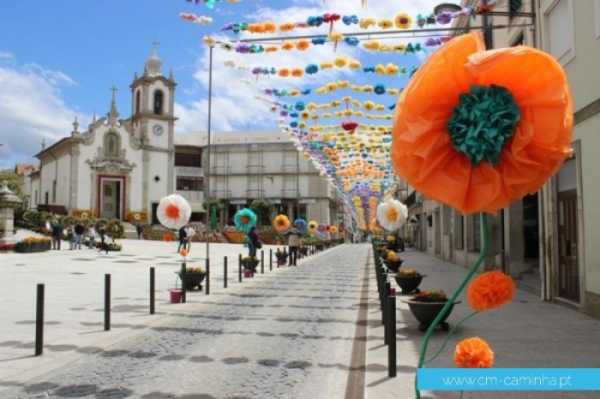
Square Village Republic of Ancora Beach
The Republic Square is an emblematic space in the heart of Vila Praia de Âncora. It is assumed as a cultural site, serving as a stage for various performances. It is also a place for walking and leisure, with terraces and street furniture.
 EN
EN  PT
PT ES
ES FR
FR